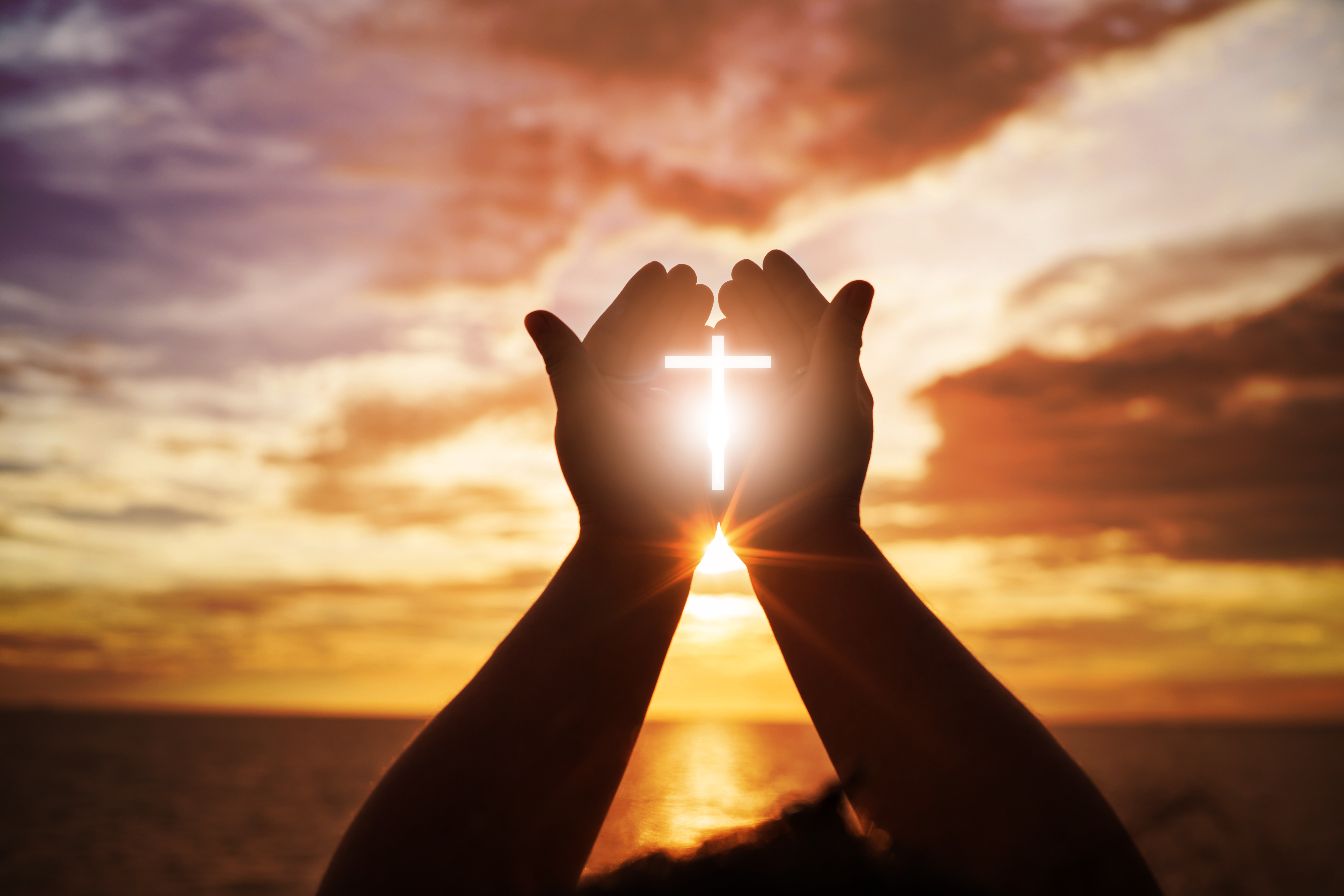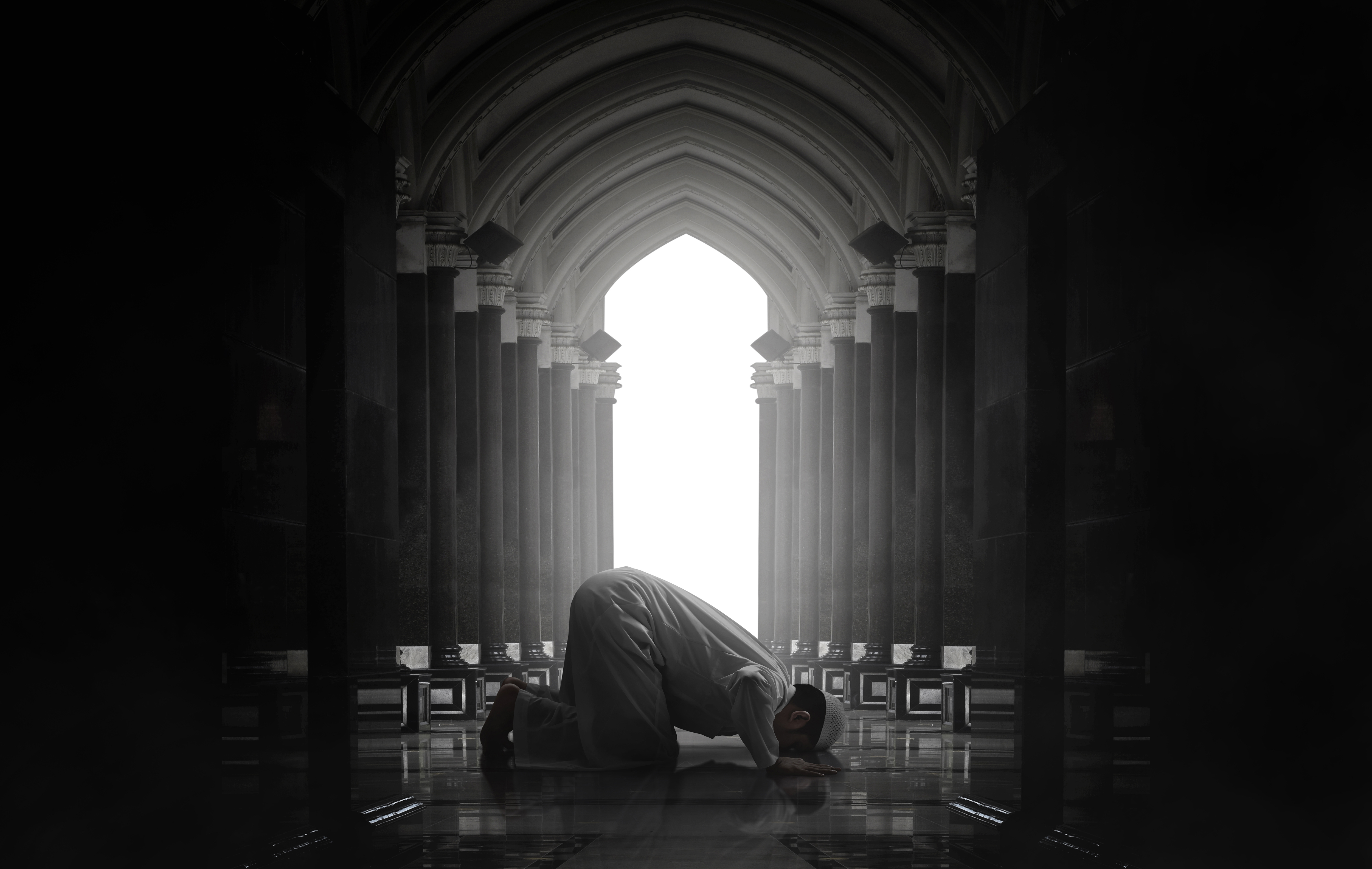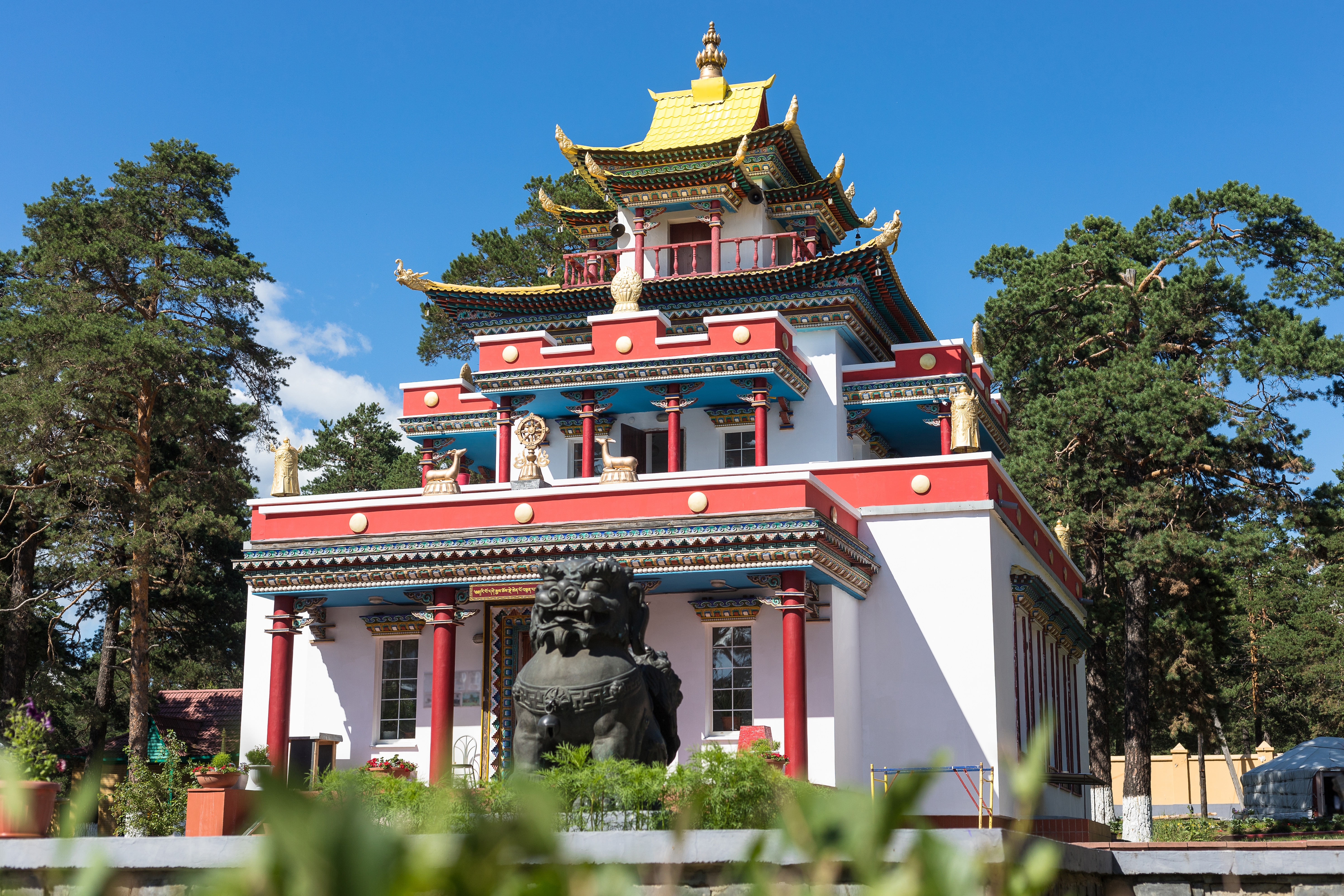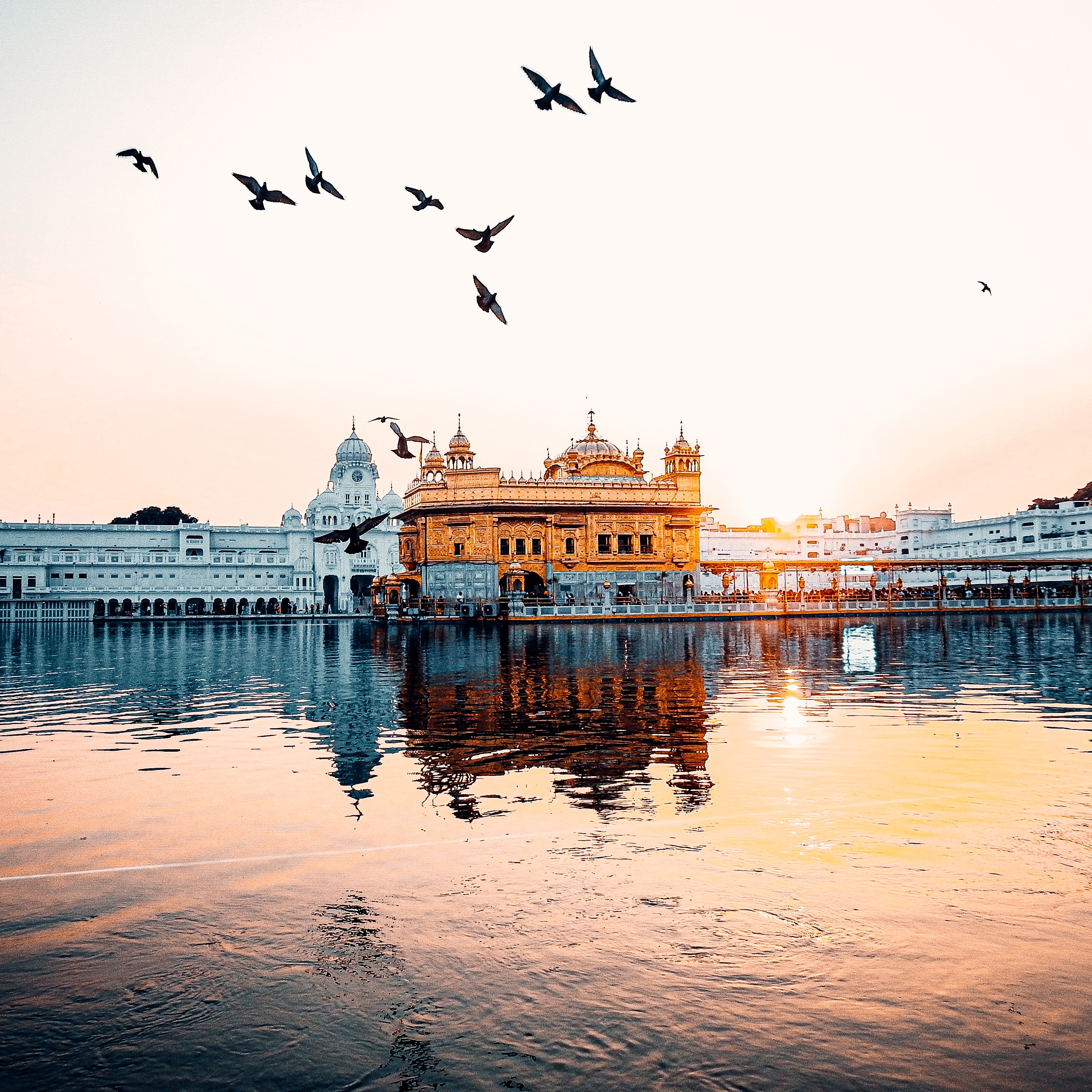Pilgrimages have been a part of human culture for centuries, transcending geographical boundaries and religious affiliations. A pilgrimage is a journey, often to a sacred place, taken for religious or spiritual reasons. It's a time for personal reflection, spiritual growth, and a quest for deeper religious or personal significance.
Jump to:
What is a Pilgrimage?
A pilgrimage is a journey undertaken by a person in search of moral or spiritual significance, typically to a shrine or other significant location. This journey can be physical, travelling to a specific location, or symbolic, representing a journey of personal or spiritual growth.
Recommended for you!
Best SellersTypes of Pilgrimages
Types of pilgrimages can vary, reflecting the diversity of religious beliefs and practices worldwide. They can be individual or communal, and their length and difficulty vary. Some are difficult treks, while others are more accessible.
Why Do People Go on Pilgrimages?
The reasons for undertaking a pilgrimage are varied. Some seek healing, others penance, enlightenment, or a deeper connection with their faith. For many, it’s a way to step away from daily life and focus on spiritual growth.

Pilgrimages in Different Religions
Every major religion has its own traditions and destinations for pilgrimages. Each embodies the deep-rooted spiritual traditions and cultural heritage of their respective faiths, offering a glimpse into the diverse ways people around the world express and experience their spirituality:
Christianity: The Way of St. James
Christian pilgrims have walked the Camino de Santiago or the Way of St. James for centuries. This ancient network of paths weaves its way across the diverse landscapes of Europe, meeting in the northwest of Spain at the Cathedral of Santiago de Compostela. This majestic cathedral is revered as the final resting place of Saint James the Great, one of Jesus Christ's Twelve Apostles.
- The Historical and Spiritual Significance: The journey to Santiago de Compostela is steeped in rich Christian history and spiritual significance. According to tradition, after his martyrdom in Jerusalem, the body of Saint James was transported by his disciples to this sacred site. The discovery of his remains in the 9th century led to the establishment of the cathedral and the birth of the pilgrimage route.
- The Routes: There are many paths to Santiago de Compostela, each with its own history and charm. The most popular route, the French Way, starts in Saint-Jean-Pied-de-Port in France and spans about 800 kilometres. Other routes include the Northern Way, the Primitive Way, and the Portuguese Way, each offering unique landscapes, from coastal cliffs to lush green hills and ancient villages.
- The Camino Experience: Walking the Camino is a communal and cultural experience. Pilgrims, known as 'peregrinos', often form deep bonds with fellow travellers, sharing stories and experiences. The route is dotted with hostels and refuges that cater specifically to pilgrims, fostering a sense of community.
- The Compostela: Upon reaching Santiago, pilgrims who have walked at least the last 100 kilometres to the cathedral receive the 'Compostela', a certificate of accomplishment. Traditionally written in Latin, this document is a testament to the pilgrim’s dedication and the completion of their journey.
- The Modern-Day Relevance: Today, the Camino de Santiago attracts thousands of people every year, from devout Christians to curious travellers seeking a unique adventure. It has become a symbol of spiritual search and personal challenge, transcending religious boundaries to offer a transformative experience for all who walk its path.

Islam: The Hajj
The Hajj pilgrimage holds a position of extraordinary significance in Islam and is a spiritual undertaking that every Muslim aspires to complete. As one of the Five Pillars of Islam, the Hajj is a unique blend of religious devotion, communal solidarity, and personal transformation.
- Mandatory Pilgrimage: The Hajj is an essential duty for physically and financially capable Muslims and should be fulfilled at least once in a lifetime. It represents the ultimate act of worship, a demonstration of solidarity among Muslims and their submission to Allah (God). This pilgrimage retraces the steps of the Prophet Abraham and his family, central figures in Islamic history.
- Circling the Kaaba: Located in the Masjid al-Haram in Mecca, the Kaaba is a cube-shaped building considered the most sacred site in Islam. Pilgrims circle the Kaaba seven times in a counterclockwise direction, an act known as Tawaf.
- Sa'i Between Safa and Marwah: Pilgrims walk seven times between the hills of Safa and Marwah, commemorating Hagar's desperate search for water for her son Ishmael, an event deeply ingrained in Islamic tradition.
- Standing at Arafat: The Day of Arafat is considered the pinnacle of the Hajj. Pilgrims gather on the plain of Arafat, praying and supplicating. This act commemorates the farewell sermon of the Prophet Muhammad and is a moment of spiritual reflection.
- Ihram: Upon entering the state of Ihram, pilgrims wear special garments and abstain from certain actions, symbolising purity and equality before God.
- Eid al-Adha: Coinciding with the end of Hajj, this festival commemorates Abraham's willingness to sacrifice his son in obedience to God. Pilgrims often participate in the ritual of animal sacrifice, which is shared with the less fortunate.

Hinduism: Kumbh Mela
The Kumbh Mela is one of the world's most extraordinary religious events, encapsulating the heart of Hindu spirituality and community. This grand festival, characterised by its immense scale and spiritual significance, draws millions of pilgrims to the banks of sacred rivers in a vibrant display of faith and devotion.
- A Massive Celebration: The Kumbh Mela is a cultural festival filled with vibrant processions, devotional singing, and religious discourses. Recognised as the world's largest peaceful congregation of pilgrims, it’s a stunning spectacle of faith where devotees from all walks of life come together.
- Cyclical Occurrence: The Kumbh Mela is not an annual event; it occurs every three years, rotating among four sacred river locations in India - Allahabad (Prayagraj), Haridwar, Nashik, and Ujjain. The timing of the Kumbh Mela is determined by specific astrological positions, which are believed to enhance the spiritual benefits of the holy bath.
- Ritual Bathing: Central to the Kumbh Mela is the act of bathing in the sacred rivers. Hindus believe that these holy waters have the power to cleanse sins and assist in achieving Moksha (liberation from the cycle of birth and death).
- Spiritual Leaders: Numerous sadhus (holy men), saints, and spiritual teachers attend, providing guidance and wisdom to the pilgrims. It's a melting pot of diverse Hindu traditions, showcasing the rich tapestry of India's spiritual and cultural heritage.
- Personal and Collective Transformation: For many, the Kumbh Mela is a life-altering experience that strengthens faith and fosters a sense of unity with fellow believers.
The Four Pilgrimage Sites:
- Allahabad (Prayagraj): At the confluence of the Ganges, Yamuna, and the mythical Saraswati, this site is celebrated for its spiritual energy and historical significance in Hindu mythology.
- Haridwar: Here, the Ganges River emerges from the Himalayas, making it one of the holiest places for Hindus. The sight of thousands of pilgrims bathing in the Ganges is a moving and iconic image of the Kumbh Mela.
- Nashik: Located on the banks of the Godavari River, Nashik holds a unique spiritual charm and significance linked to the epic Ramayana.
- Ujjain: On the banks of the Shipra River, this city is known for its ancient temples and association with the powerful deity Shiva.
Buddhism: The Four Holy Sites
Buddhists are deeply devoted to key places representing the Buddha's life. These four sacred sites, scattered across Nepal and India, are spiritual landmarks that offer a journey through the Buddha's life and teachings.
- Lumbini, Nepal - The Birthplace: Lumbini is where Siddhartha Gautama, who would become the Buddha, entered the world. The Maya Devi Temple marks this serene location, and pilgrims often meditate or pray in its peaceful gardens.
- Bodh Gaya, India - The Site of Enlightenment: Perhaps the most iconic of the four sites, Bodh Gaya is where Siddhartha Gautama reached enlightenment under the Bodhi Tree. The Mahabodhi Temple, a UNESCO World Heritage Site, is a monumental reminder of this momentous event.
- Sarnath, India - The First Teaching: After enlightenment, the Buddha gave his first sermon in Sarnath, setting the 'Wheel of Dharma' in motion. The Dhamek Stupa and the Deer Park are significant landmarks where pilgrims reflect on the teachings of the Buddha.
- Kushinagar, India - The Parinirvana Site: This is where the Buddha passed away and entered Parinirvana, the final state of Nirvana after death. The Parinirvana Temple and the reclining Buddha statue are poignant reminders of the Buddha's teachings on impermanence.
- A Path to Spiritual Insight: For Buddhists, visiting these sites is a way to connect with the life and teachings of the Buddha. It's an opportunity to reflect, meditate, and deepen their understanding of the Dharma (Buddha's teachings). These pilgrimages offer a chance for self-reflection and spiritual growth, echoing the Buddha's journey towards enlightenment.
- Community and Fellowship: Pilgrims often find a sense of community and shared purpose with others on the same spiritual journey, fostering a deep sense of connectedness.
- Preserving the Buddha's Legacy: These sites ensure its teachings inspire and guide those on their spiritual paths. While rooted in Buddhism, the universal messages of compassion, mindfulness, and peace resonate with people of all faiths who visit these sites.

Judaism: Pilgrimage Festivals
In Judaism, the three pilgrimage festivals – Pesach (Passover), Shavuot (Feast of Weeks), and Sukkot (Feast of Tabernacles) – hold a special place in the religious and cultural life of the Jewish community. Historically, these festivals were linked to the pilgrimage to the Temple in Jerusalem and continue to be observed with deep devotion.
- Pesach (Passover): This festival commemorates the Exodus from Egypt, celebrating the liberation of the Israelites from slavery. The central ritual of Pesach is the Seder, a festive meal where the story of the Exodus is retold, symbolising freedom and deliverance.
- Shavuot (Feast of Weeks): Occurring seven weeks after Passover, Shavuot celebrates the giving of the Torah at Mount Sinai. It's a time for studying the Torah and recognising the value of wisdom and divine guidance. Traditional observances include reading the Book of Ruth and eating dairy foods.
- Sukkot (Feast of Tabernacles): This festival marks the time the Israelites spent in the desert after their Exodus from Egypt, living in temporary shelters. Sukkot is observed by building and dwelling in a Sukkah, a hut-like structure symbolising reliance on God and the impermanence of life.
While the physical pilgrimage to the Temple in Jerusalem is no longer possible, the essence and spirit of these pilgrimage festivals are kept alive in Jewish communities worldwide. They serve as a reminder of the Jewish people's historical journey and their enduring faith. These festivals reinforce Jewish identity, community, and continuity of tradition through gatherings, prayers, and rituals.

Sikhism: Harmandir Sahib
The Harmandir Sahib, commonly known as the Golden Temple, is the most sacred site in Sikhism, located in Amritsar, India. Known for its spiritual significance and architectural beauty, the temple symbolises unity and equality.
- Holiest Sikh Shrine: The Golden Temple is the spiritual heart of Sikhism. Here, the Guru Granth Sahib, the holy scripture of Sikhism, is housed and admired. Sikhs worldwide aspire to visit the Golden Temple at least once in their lifetime. Pilgrimage is seen as a journey of spiritual growth and devotion.
- Symbol of Equality and Openness: The temple's four doors welcome people of all faiths and backgrounds, embodying the Sikh principle of acceptance and inclusivity.
- Langar - Community Kitchen: A key feature of the Golden Temple is the Langar, a community kitchen that serves free meals to thousands of people every day, regardless of their background. Volunteering in the Langar is considered a form of service to humanity.
- Prayer and Reflection: Visitors to the Harmandir Sahib engage in prayer, meditation, and singing of hymns. The serene and sacred atmosphere of the temple provides a space for personal reflection and spiritual connection.
- Architectural Marvel: The temple's stunning architecture, with its iconic gold-covered upper floors, marble walls inlaid with precious stones, and the surrounding holy pool (Sarovar), is a sight to behold, reflecting the artistic and spiritual richness of Sikh heritage.

The Importance of Pilgrimages
Pilgrimages offer a unique blend of physical challenge, spiritual introspection, and cultural immersion. They encourage self-discovery, foster a sense of community among pilgrims, and provide an opportunity to connect deeply with one's faith.
Recommended for you!
Best SellersDo Pilgrimages Still Exist?
Pilgrimages remain an integral part of many cultures and religions. They have adapted over time but continue to draw millions of people each year, seeking spiritual depth and personal meaning.
Study Religious Education for £29
If you want to deepen your understanding of the diverse spiritual practices and beliefs that shape our world, our Religious Studies Diploma Course is a great place to start. In our commitment to making education accessible and transformative, we're excited to offer this course for just £29.













